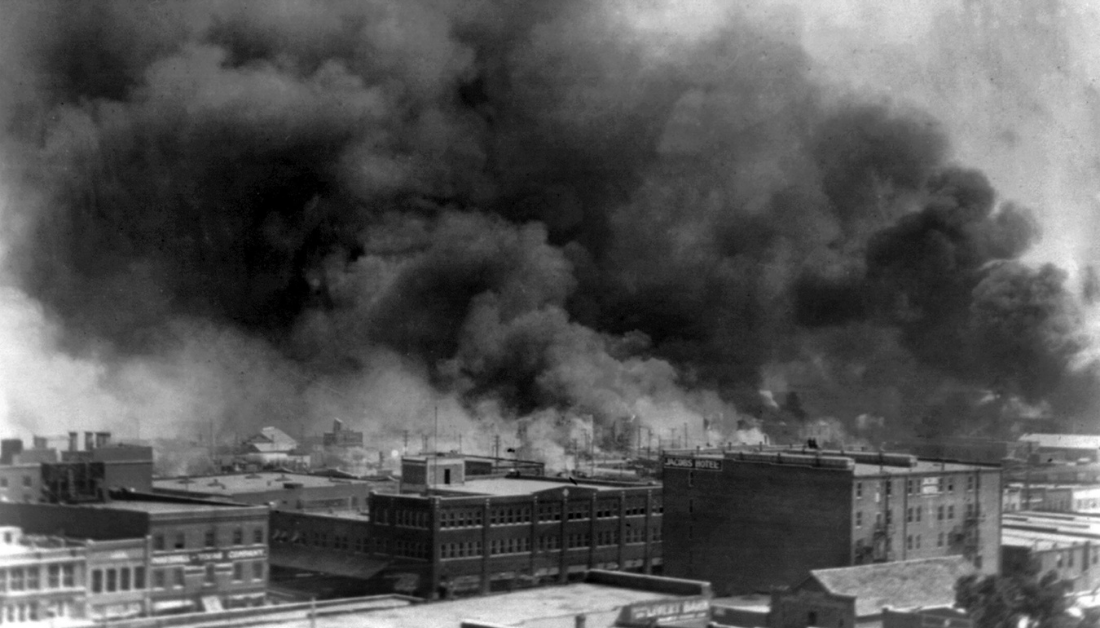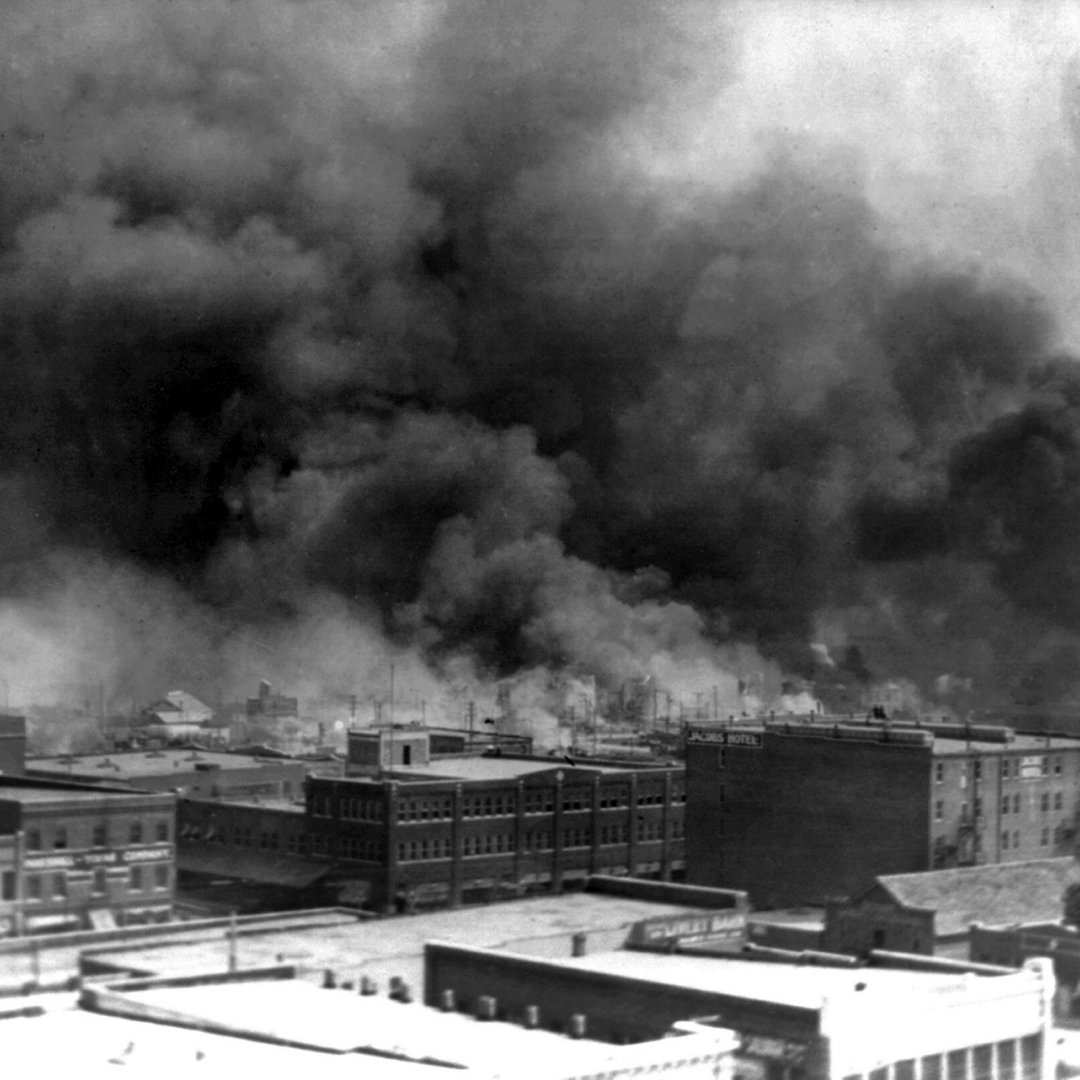
In order to understand the Tulsa Race Massacre of 1921 and the destruction of “Black Wall Street” one hundred years ago, I needed both a history lesson and a math class.
A Math Class
Let’s start with the math. Of the approximately 4,500 FDIC-insured banks in the United States, somewhere around 21 of those institutions are Black-owned banks.
21 of 4,500.
.5% of the banks in the United States are Black-owned. One half of one percent. Close to zero.
The average amount of assets of a bank in the United States is $4 billion. None of the Black-owned banks have assets total more than $1 billion. None.
Why is this the case?
A History Lesson
This brings us to the history lesson.
A little bit has to do with the global financial crisis of 2008, which wiped out 25% of the minority-owned banks.
Some has to do with the fact that Black-owned banks tend to serve their local community, and if their local community suffers an economic downturn, so does the bank.
But the math here also points to a deeper and darker source, which is the history of what happens when Black people control capital in the United States. The history behind the Tulsa Race Massacre unveils the threats posed through much of American history to Black people owning property and thriving as communities.
Tulsa Race Massacre
Today on The Daily, Brent Staples describes the thriving community of Black citizens that existed in Tulsa, Oklahoma. It was dubbed “Black Wall Street,” with banks and movie theaters and hotels.
Then, on May 31 and June 1, 1921, a mob of white men—some who had been officially deputized by the local polic—destroyed it. 300 people were killed. Businesses, homes, even utility poles burned to the ground. Insurance companies claimed this destruction was the result of a “riot,” and therefore not covered. The claims went unfulfilled. Restitution was never paid.
The effects of these types of injustices resonate with us today, in the wealth gap between Black and white families, in these numbers that reflect the lack of opportunity within Black communities to make loans and encourage homeownership and investments in small businesses.
President Biden has taken one step towards repair in acknowledging the horrors of those days 100 years ago. The city of Tulsa is working to commemorate and reckon with its history.
And the possibility of repair on a broader economic level still exists.
Broader Repair
Remember those banks I mentioned before? Well, since the death of George Floyd, major (white-owned) United States banks have begun to invest in some of these minority-owned banks. With these tens of millions of dollars, local community banks will have some protection from economic downturns due to a more diverse source of income. They will have greater capacity to offer loans. They can begin to open up multiple branches. These larger banks have also begun to invest in training people and offering mentors for young leaders so that these banks can grow and thrive.
But for those of us who don’t have tens of millions of dollars to invest, we can still participate in the economic development of local Black and Brown communities. Investing $1 in a local bank enables that bank to offer $8 to $10 worth of loans. Opening a savings account with $1,000 at a Black-owned community bank enables that bank to offer $10,000 of loans for mortgages and small businesses within that same community.
Remembering the Truth
Remembering the truth about what happened in Tulsa opens our eyes to the truth about many communities across our nation. Countless hardworking people did not have opportunities, systemically and across generations, to thrive.
We need to remember that history so that we can begin to write a new one. White Americans have participated in exponential harm to Black Americans. We have an opportunity to participate in exponential possibilities.
Learn more with Amy Julia:
- S4 E16 | Dear White Peacemakers with Osheta Moore
- S4 E15 | Reparations: Imagining Ways to Repair and Restore with Duke Kwon and Greg Thompson
- S4 E12 | The White Church, Segregation, and Discipleship with David Swanson
If you haven’t already, please subscribe to receive regular updates and news. You can also follow me on Facebook, Instagram, Twitter, Pinterest, YouTube, and Goodreads, and you can subscribe to my Love Is Stronger Than Fear podcast on your favorite podcast platforms.



![[image description: graphic with a photo of Amy Julia's family standing outside in front of marsh grasses and water behind them; Text overlay says “Reimagining Family Life with Disability workshop" inside of blue and gold partial circles. Text at the top says: Live workshop, Online course, video teaching]](https://amyjuliabecker.com/wp-content/uploads/2024/07/AJB-workshop-online-course-reimagining-family-life-with-disability-1.png)